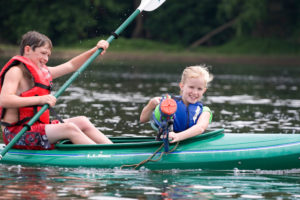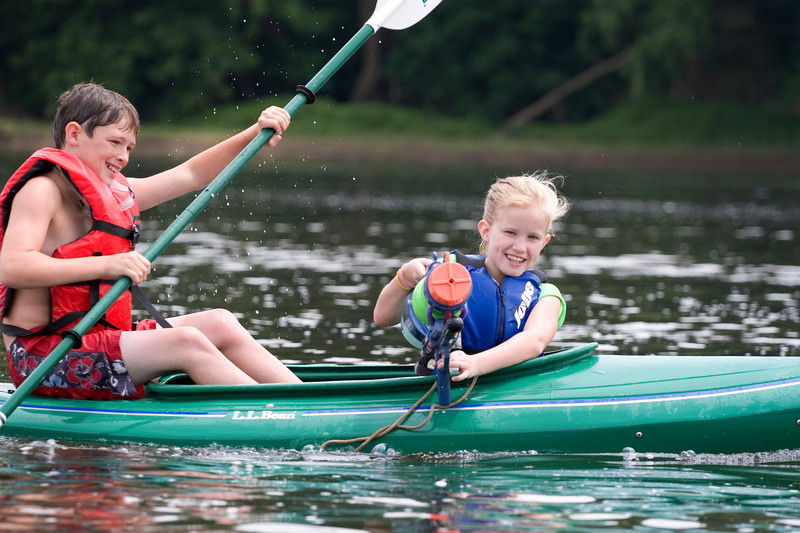Standing before August: Now is the time to kayak the Susquehanna

The warming summer with slight rain has made ideal conditions for kayaking the Susquehanna.
This late spring and early summer time is the ultimate opportunity for the beginner kayaker to explore the West Branch of the Susquehanna, specifically paddling between Montgomery and Lewisburg (this includes Watsontown and Milton docking locations).
Because of the limited snow, insufficient rain and consistent fracking to the north and west, the Susquehanna River level is at a very low depth of 1.69 feet at Lewisburg (down from 2.11 feet from a week ago, June 18, at 4:55 p.m. by the NWS) and 1.17 feet at West Milton (down from 1.5 feet over a week earlier, June 18, at 4:55 p.m. by the National Weather Service; Montgomery and Watsontown readings were unavailable).
Aside from the blatant damage to the marine life due to the lack of oxygen in the water and invasive overgrowth of underwater algae, the shallowness of the river should reinforce a few positive things for those hesitant to get into a kayak.
Firstly, and most obviously, the likelihood of drowning is decreased tremendously.
The yaker, with his proven life vest and whistle, should be prepared for the worst. But if the worst is one foot deep, then my best advice would be to stand. And although there are still spots of larger depth (such as beneath a bridge), a paddler can easily avoid them by staying close to shore.
Still, drowning in any amount of water is a possibility, the comfort of a clear and close bottom is sure to reinforce safety. Just be sure to avoid tree branches hanging overhead and debris in the water. An important rule: don’t ever grab on to anything — grabbing is a guaranteed way to flip — no matter how deep the water.
A second advantage to the shallow water, and much more psychologically, is the omission of the fear of the unknown. It’s a common occurrence to be wary of what you can’t see, but the west branch of the Susquehanna river between Montgomery and Lewisburg is a constant treasure hunt for objects hiding at the rocky bottom.
The entire voyage provides an adjunct with the tans and hinted shades of yellow and orange oval rocks that permeate the sandy covered floor, and the curious fish who dare investigate a large floating object.
Unfortunately, the ability to see so much of the underwater world will likely make you very aware of the pollution and under water algae problems that are devastating the river.
Hopefully it also encourages you to advocate for proper regulations for industrial commodities such as fracking and industrial waste disposal. Arguably, the pollution not only effects marine life but it also poses a detriment to the complete safety of the yaker — the best advice is to not get out of the boat and thereby avoid such flotsam materials.
Again, don’t grab anything outside of the boat while yaking.
The pollution and water levels of the Susquehanna are a serious problem that invade the fabrics of the beauty of central Pennsylvania and the continuity of naturally dependent life.
They should not, however, discourage anyone from paddling the river. In fact, between the water level and the growth of pollution, you might not want to wait until August to kayak; who knows what will be left?


Where can I gets a canoe boat